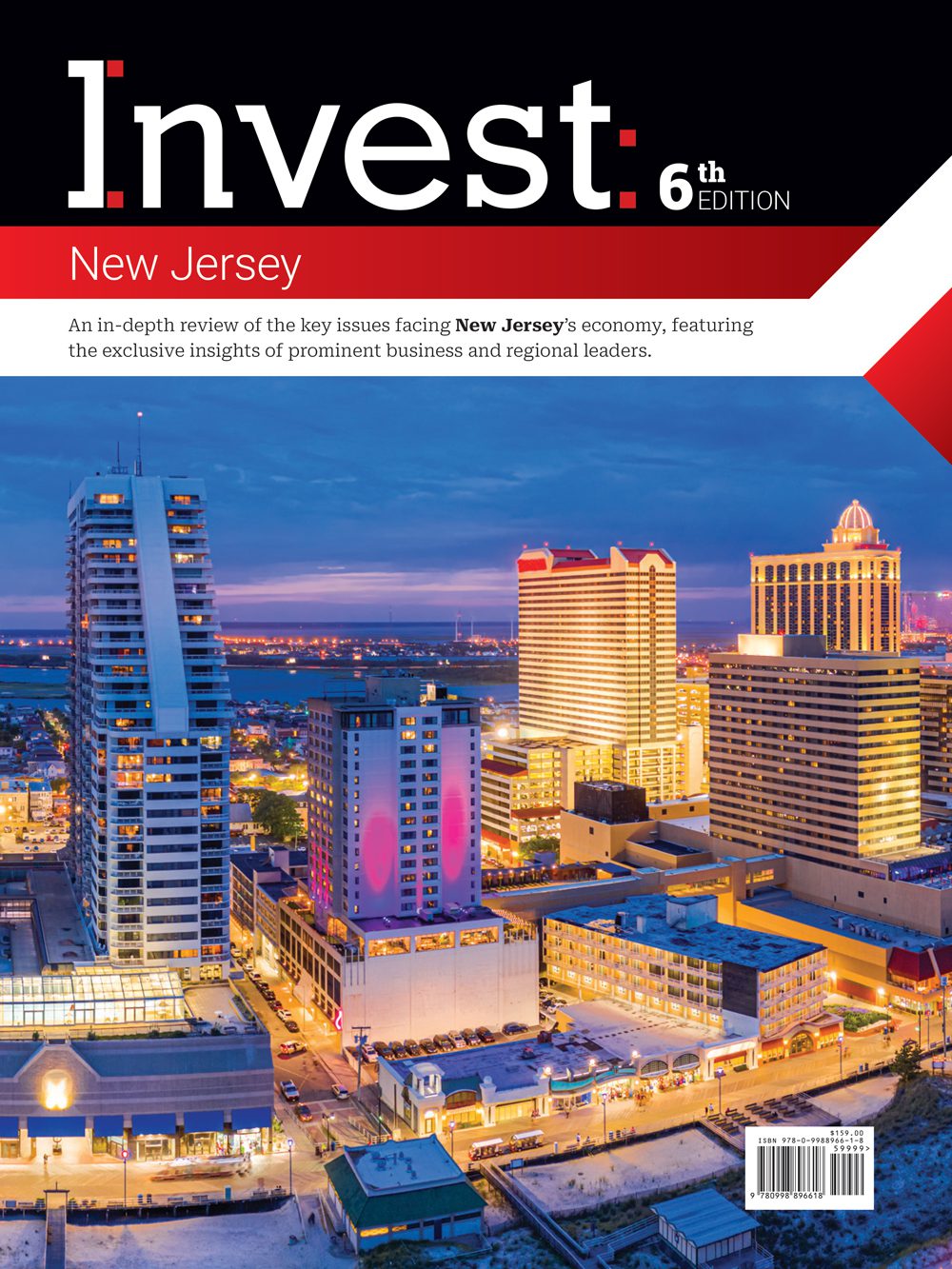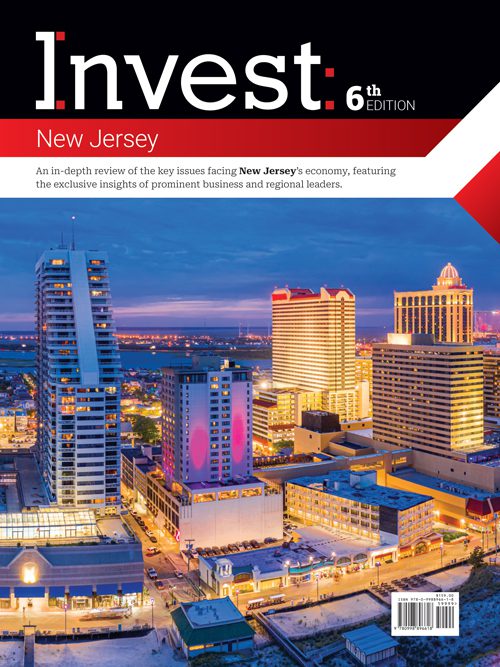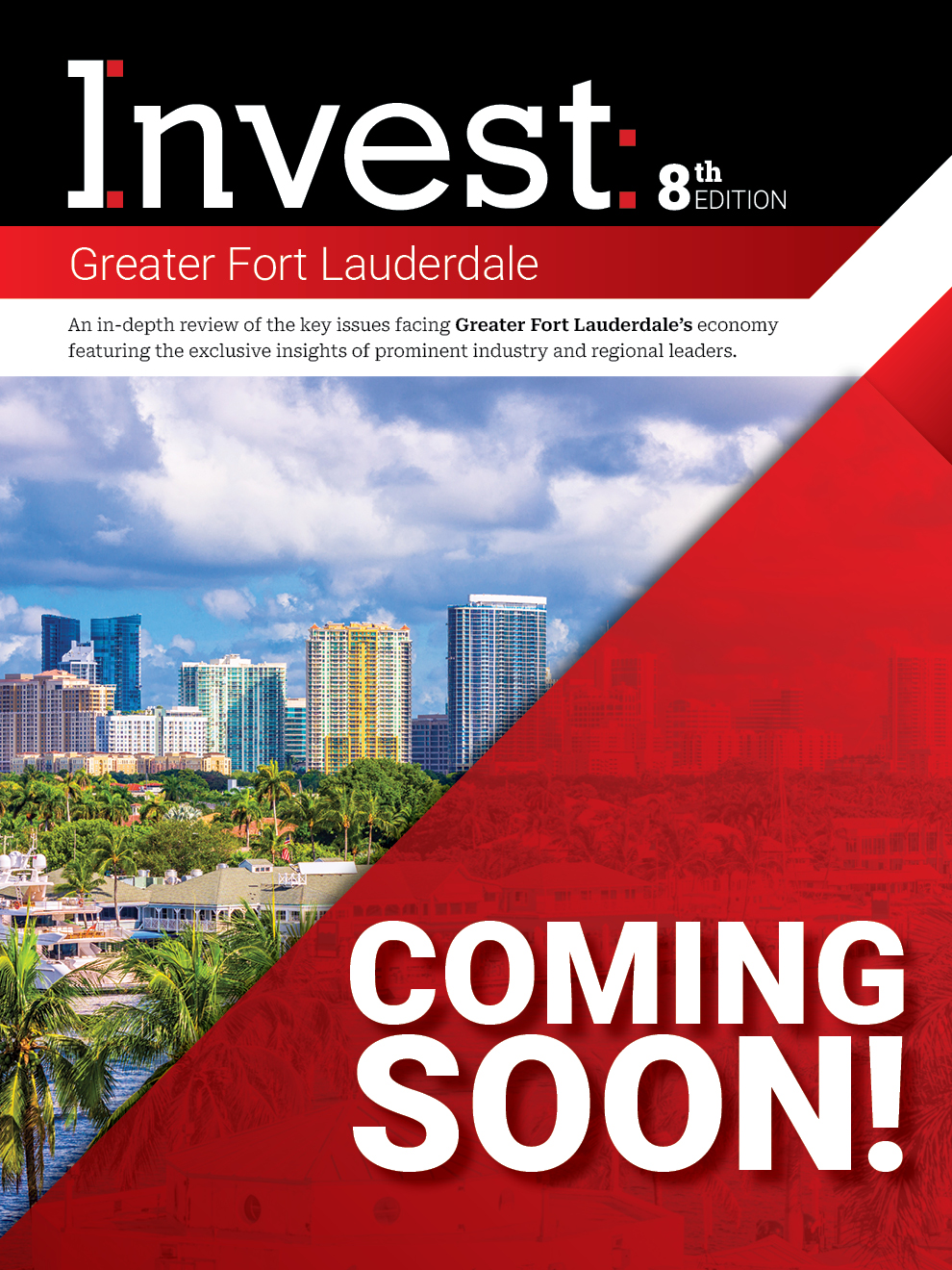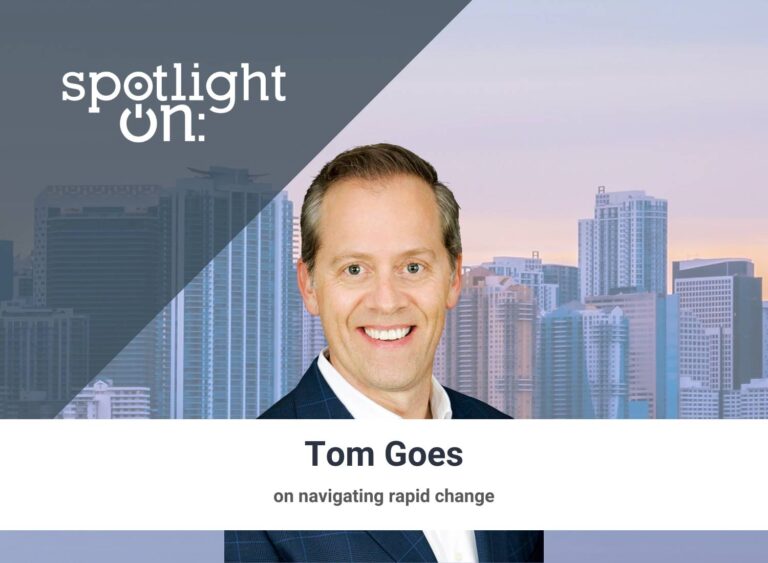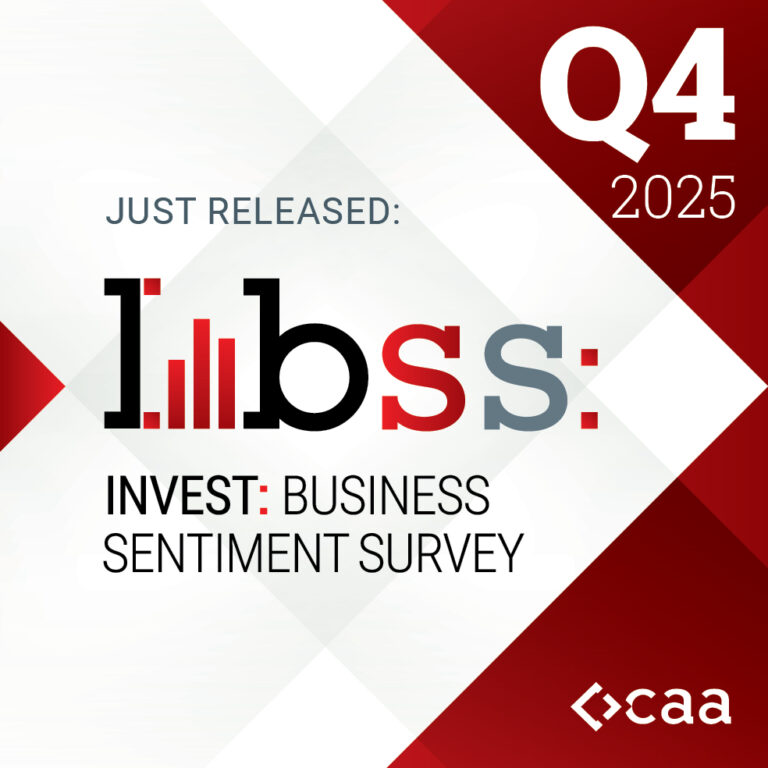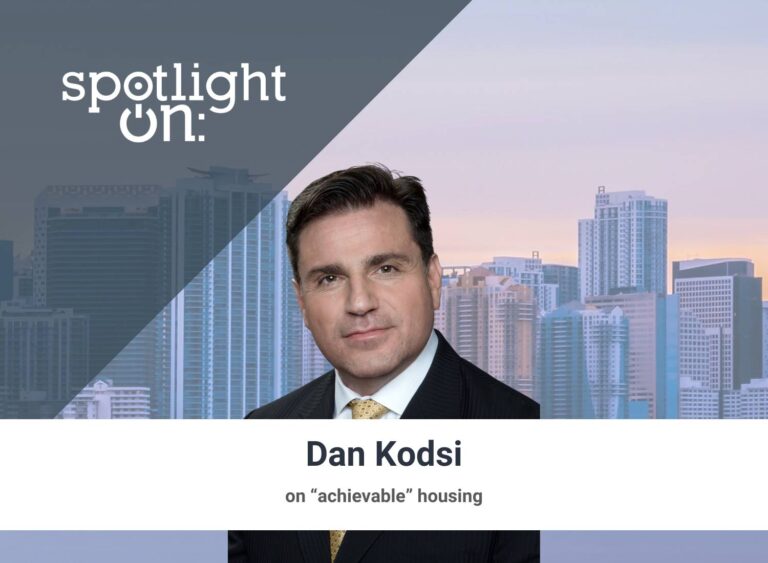How education and workforce programs are shaping Charlotte’s job market and economy
Writer: Eleana Teran
 September 2024 — Nearly one in four jobs are expected to change due to industry transformation over the next five years. The figure, presented by the World Economic Forum, speaks to the rapid development of technology in the workplace and identifies a pressing need for leaders to rethink how they prepare young adults and students for the workforce.
September 2024 — Nearly one in four jobs are expected to change due to industry transformation over the next five years. The figure, presented by the World Economic Forum, speaks to the rapid development of technology in the workplace and identifies a pressing need for leaders to rethink how they prepare young adults and students for the workforce.
Educational and nonprofit institutions across the Charlotte region are fostering strong partnerships with industries to create opportunities that not only benefit students but also meet future market demands. By aligning curricula and workforce development programs, local leaders are spearheading efforts that aim to foster a pipeline of talent tailored to employers’ needs and high-paying jobs.
The City of Charlotte has also demonstrated its commitment to workforce development, approving $3.6 million in grants during the second quarter of 2024 to support these initiatives. The funds are being distributed to various local organizations that provide training, career services, and support for job seekers. This investment is expected to benefit more than 500 individuals, helping them enhance their skills while also addressing the workforce needs of local businesses. By targeting key sectors through these initiatives, the city is ensuring its workforce remains competitive and equipped for future challenges.
Leaders in education and workforce development, including Stacey Moore, president of York Technical College; Douglas Hicks, president of Davidson College; Robyn Hamilton, president and CEO of the Urban League of Central Carolinas; and Robin Cummings, chancellor of the University of North Carolina at Pembroke, shared their perspectives on advancing workforce initiatives and addressing emerging needs in their respective fields.
Stacey Moore, president of York Technical College
Our mission is workforce development. This is why, from a global perspective, we consider workforce development to be everyone’s job. From our faculty members to our custodians, everyone plays a role in creating a welcoming and engaging environment at the college. We work together to help students succeed.
However, to ensure that this responsibility is managed effectively, we have an entire division dedicated to advancing workforce development because you know you can make it everybody’s responsibility, but then that defuses the responsibility. So, someone needs to be in charge of making that happen, and this is where our Division of Communications and External Relations comes in. This division encompasses fundraising, marketing, communications, and workforce and economic development. Its primary focus is to engage with businesses and industries constantly, staying informed about industry trends and needs.
Furthermore, our engagement with new companies leads to opportunities for large grants aimed at updating our training to align with specific industry requirements. For example, we are introducing training programs for electric vehicles in collaboration with industry partners.
[fusion_images order_by=”desc” picture_size=”auto” hover_type=”none” autoplay=”yes” autoplay_speed=”3000″ flex_align_items=”center” columns=”1″ column_spacing=”0″ scroll_items=”” show_nav=”yes” mouse_scroll=”no” border=”no” lightbox=”no” margin_top=”” margin_right=”” margin_bottom=”” margin_left=”” hide_on_mobile=”small-visibility,medium-visibility,large-visibility” class=”” id=”” caption_style=”off” caption_title_tag=”2″ fusion_font_family_caption_title_font=”” fusion_font_variant_caption_title_font=”” caption_title_size=”” caption_title_line_height=”” caption_title_letter_spacing=”” caption_title_transform=”” caption_title_color=”” hue=”” saturation=”” lightness=”” alpha=”” caption_background_color=”” fusion_font_family_caption_text_font=”” fusion_font_variant_caption_text_font=”” caption_text_size=”” caption_text_line_height=”” caption_text_letter_spacing=”” caption_text_transform=”” caption_text_color=”” caption_border_color=”” caption_overlay_color=”” caption_align_medium=”none” caption_align_small=”none” caption_align=”none” caption_margin_top=”” caption_margin_right=”” caption_margin_bottom=”” caption_margin_left=”” parent_dynamic_content=””] [fusion_image image=”https://capitalanalyticsassociates.com/wp-content/uploads/2024/07/CAA24_Invest-Insights-S6-Web-Banners-7.jpg” image_id=”64377″ image_title=”” image_caption=”” link=”” linktarget=”_self” alt=”” /] [fusion_image image=”https://capitalanalyticsassociates.com/wp-content/uploads/2024/07/CAA24_Invest-Insights-S6-Web-Banners-10.jpg” image_id=”64380″ image_title=”” image_caption=”” link=”” linktarget=”_self” alt=”” /] [fusion_image image=”https://capitalanalyticsassociates.com/wp-content/uploads/2024/07/CAA24_Invest-Insights-S6-Web-Banners-9.jpg” image_id=”64379″ image_title=”” image_caption=”” link=”” linktarget=”_self” alt=”” /] [fusion_image image=”https://capitalanalyticsassociates.com/wp-content/uploads/2024/07/CAA24_Invest-Insights-S6-Web-Banners-8.jpg” image_id=”64378″ image_title=”” image_caption=”” link=”” linktarget=”_self” alt=”” /] [/fusion_images]
 President Douglas Hicks of Davidson College
President Douglas Hicks of Davidson College
Our students learn to work in diverse groups, exercise critical thinking, and develop creativity, along with speaking and writing well. These fundamentals are essential in any field, and we know our graduates will work across many industries. Technical knowledge can become obsolete in a few years, but critical thinking, writing, communication, and collaboration are skills that last a lifetime. Our mission statement focuses on preparing students for lives of leadership and service, not just in their careers but also in their families and communities. The breadth and depth of a liberal arts education prepares students for the 21st century just as effectively as it did for the 19th and 20th.
Our study, conducted with Econsult Solutions from Philadelphia using standard methodologies, revealed that our annual economic impact on the greater Charlotte region exceeds $400 million. Across North Carolina, our impact approaches half a billion dollars annually. To be honest, that figure was larger than we expected. The consultants pointed out that if we were a business with 3,000 people, including our 1,000 employees and 2,000 students, our economic impact would actually be less than it is as an educational institution. This is because our work is very public — it’s not about making products; it’s about shaping people. We bring many visitors to campus who come to observe that process, explore whether they want to be part of it, and contribute to it. The fact that we have a larger economic impact than a similarly sized private business is a surprising and proud reality for us.
Robyn Hamilton, president and CEO of Urban League of Central Carolinas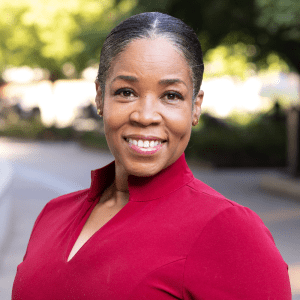
We do not want to conduct training just because we can, rather we want to meet a market demand. The data from Charlotte Works allows us to be intentional about aligning our training programs with the needs of the market. For example, Trane Technologies, a leader in HVAC manufacturing, is one of our key partners. When we think about HVAC, it is not just about heating and cooling — it is about sustainability. Companies are increasingly focused on managing energy costs, and the HVAC industry plays a huge role in that.
We are producing an army of workers ready to engage in this industry in various capacities. Being intentional about workforce development means looking at emerging needs, like electrical and healthcare workforce. When I became CEO, I introduced an electrical program because we anticipated a significant demand in this area, especially with the growth of electric vehicles and clean energy. We want to ensure we have the infrastructure to meet the market needs for this type of talent.
Our CNA program is another critical area. Nursing is an essential field, and we see ourselves as the entry point for people interested in healthcare. The Urban League plays a crucial role in cultivating and advancing talent in this space, which ultimately will impact our nursing shortage. We are ground zero for developing the workforce needed to support quality healthcare in our community.
 Robin Cummings, chancellor of the University of North Carolina at Pembroke (UNCP)
Robin Cummings, chancellor of the University of North Carolina at Pembroke (UNCP)
Many of our students are from within our service region, are the first in their families to attend college, and come from low-income or rural households. UNCP is unique in its approach to education, providing a high-quality experience in an environment that supports the individual student. This sets graduates up for successful and rewarding careers as they find mentors in the classroom and on campus where they are pushed to succeed.
UNCP’s approach to education combined with the state-supported NC Promise tuition plan — where in-state students’ tuition is capped at $500 per semester — the benefits of a UNCP education for an individual or a family are powerful, and the regional economy also benefits in really impactful ways. Local students can obtain a degree with little or no debt, so they aren’t economically forced to leave this area to find higher paying jobs somewhere else to pay back student loans. With NC Promise, students have the option to stay and work to improve their region, and their home, by going into a workforce where their expertise is highly needed. We see that many of our graduates, in fact, do choose to stay and work in this region, which is why UNCP is focused on identifying workforce shortages within the region to work toward filling these roles. We are educating a diverse workforce for in-demand fields like cybersecurity, computer science, and business, and with the observed need for healthcare professionals, the health sciences have become a major focus.
For more information visit:
https://www.yorktech.edu/index.html
https://www.davidson.edu/
https://www.urbanleaguecc.org/
https://www.uncp.edu/

